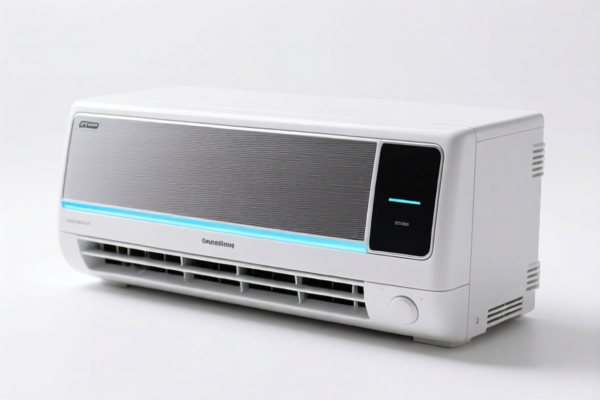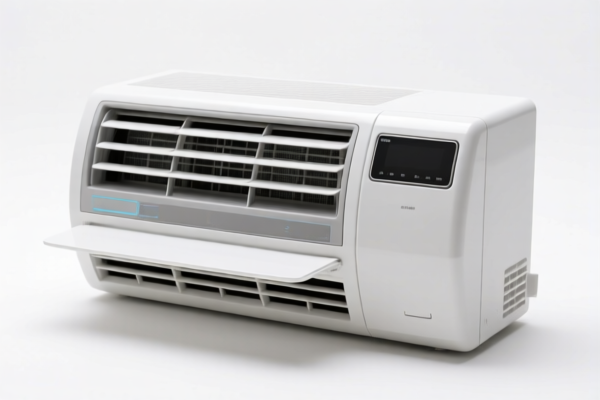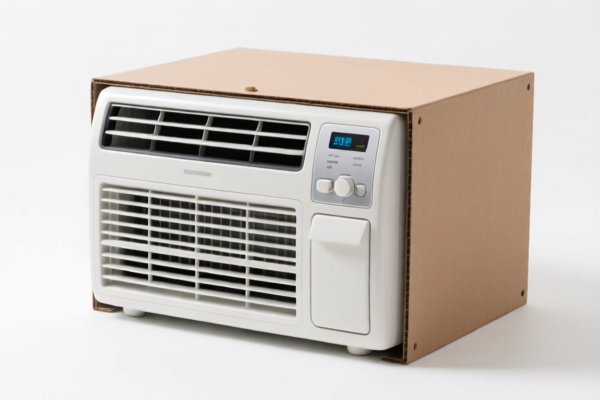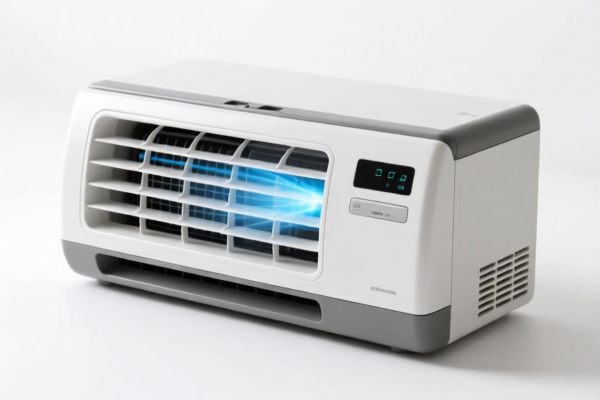| HS Code | Official Doc | Tariff Rate | Origin | Destination | Effective Date |
|---|---|---|---|---|---|
| 8535904000 | Doc | 57.7% | CN | US | 2025-05-12 |
| 8535908060 | Doc | 57.7% | CN | US | 2025-05-12 |
| 8537109160 | Doc | 57.7% | CN | US | 2025-05-12 |
| 8537109170 | Doc | 57.7% | CN | US | 2025-05-12 |
| 8538904000 | Doc | 58.5% | CN | US | 2025-05-12 |
| 8536304000 | Doc | 55.0% | CN | US | 2025-05-12 |
| 8536908585 | Doc | 80.0% | CN | US | 2025-05-12 |
| 8310000000 | Doc | 55.0% | CN | US | 2025-05-12 |
| 8304000000 | Doc | 33.9% | CN | US | 2025-05-12 |
| 9026802000 | Doc | 55.0% | CN | US | 2025-05-12 |
| 9026806000 | Doc | 37.5% | CN | US | 2025-05-12 |
| 9014804000 | Doc | 55.0% | CN | US | 2025-05-12 |
| 9014805000 | Doc | 55.0% | CN | US | 2025-05-12 |
| 9032100030 | Doc | 56.7% | CN | US | 2025-05-12 |
| 9032100060 | Doc | 56.7% | CN | US | 2025-05-12 |




Thermostatic Control Box
A thermostatic control box is a device used to regulate temperature by controlling the flow of a fluid – typically water – based on sensed temperature. It is a key component in heating systems, often found in applications requiring precise temperature maintenance.
Material:
- Housing: Commonly constructed from durable plastics (ABS, polycarbonate) or metals (steel, aluminum) to withstand environmental conditions and provide protection for internal components.
- Valve Body: Typically brass, stainless steel, or other corrosion-resistant alloys due to contact with water.
- Temperature Sensor: Often utilizes a bimetallic strip, bulb and capillary, or electronic temperature sensors (thermistors, thermocouples).
- Actuator: Materials vary depending on the valve type – brass, stainless steel, or specialized polymers.
- Internal Components: Include springs, seals (rubber, silicone), and electrical components (in electronic models).
Purpose:
The primary purpose of a thermostatic control box is to maintain a set temperature in a closed system. This is achieved by automatically adjusting the flow rate of hot water to radiators, underfloor heating circuits, or other heat emitters. They prevent overheating and ensure consistent comfort levels while optimizing energy efficiency.
Function:
The box operates on the principle of thermal expansion. A temperature sensor detects the ambient temperature and, based on this reading, controls a valve that modulates the flow of hot water.
- Sensing: The temperature sensor expands or contracts with changes in temperature.
- Actuation: This movement is mechanically or electrically linked to a valve.
- Valve Control: The valve opens or closes, allowing more or less hot water to flow through the heating circuit.
- Feedback Loop: The system continuously monitors the temperature and adjusts the valve position to maintain the desired setpoint.
Usage Scenarios:
- Radiator Heating Systems: Individual radiator control for room-by-room temperature management.
- Underfloor Heating: Precise control of water flow to maintain consistent floor temperatures.
- Fan Coil Units: Regulation of water temperature for heating and cooling applications.
- Solar Thermal Systems: Control of water flow based on solar collector temperature.
- District Heating Systems: Maintaining temperature in individual buildings or zones.
- Process Control: Applications requiring precise temperature regulation in industrial processes.
Common Types:
- Mechanical Thermostatic Control Boxes (TRVs - Thermostatic Radiator Valves): These are the most common type, relying on a wax-filled element and a bimetallic strip to control the valve. They require no external power.
- Electronic Thermostatic Control Boxes: Utilize electronic sensors and actuators for more precise temperature control and often include programmable features (scheduling, remote control). These require a power supply (batteries or mains power).
- Differential Temperature Control Boxes: Designed for solar thermal systems, they compare the temperature of the solar collector and the storage tank to optimize heat transfer.
- Low Temperature Control Boxes: Specifically designed for low-temperature heating systems, such as underfloor heating, offering finer control and improved efficiency.
- Programmable Thermostatic Control Boxes: Allow users to set different temperatures for different times of the day or week, improving energy efficiency and comfort.
Based on the provided information, “thermostatic control box” can be classified under the following HS codes:
- 9032.10.00.30: Automatic regulating or controlling instruments and apparatus; parts and accessories thereof. Thermostats for air conditioning, refrigeration or heating systems: Designed for wall mounting. This HS code specifically covers thermostats intended for wall installation in air conditioning, refrigeration, or heating systems.
- 9032.10.00.60: Automatic regulating or controlling instruments and apparatus; parts and accessories thereof. Thermostats for air conditioning, refrigeration or heating systems: Other. This HS code covers thermostats for air conditioning, refrigeration, or heating systems that are not designed for wall mounting.
Explanation of HS Code Structure:
- 90: Chapter 90 covers Instruments and apparatus for measuring, checking, analyzing, and controlling; instruments and apparatus for medical, surgical, dental or veterinary purposes; optical instruments; precision instruments; timekeeping instruments; measuring instruments; checking instruments; and parts and accessories thereof.
- 32: Heading 32 specifically covers Automatic regulating or controlling instruments and apparatus.
- 10: Subheading 10 covers Thermostats.
- 00: Further specifies the type of thermostat (e.g., for air conditioning, refrigeration, or heating systems).
- 30/60: Differentiates between thermostats designed for wall mounting and other types.
Important Note:
Regarding HS code 9032.10.00.30 and 9032.10.00.60, the applicable tax rate is 56.7% (based on the reference material). This includes a basic tariff of 1.7% and additional tariffs of 25.0% and 30.0%.
Customer Reviews
No reviews yet.